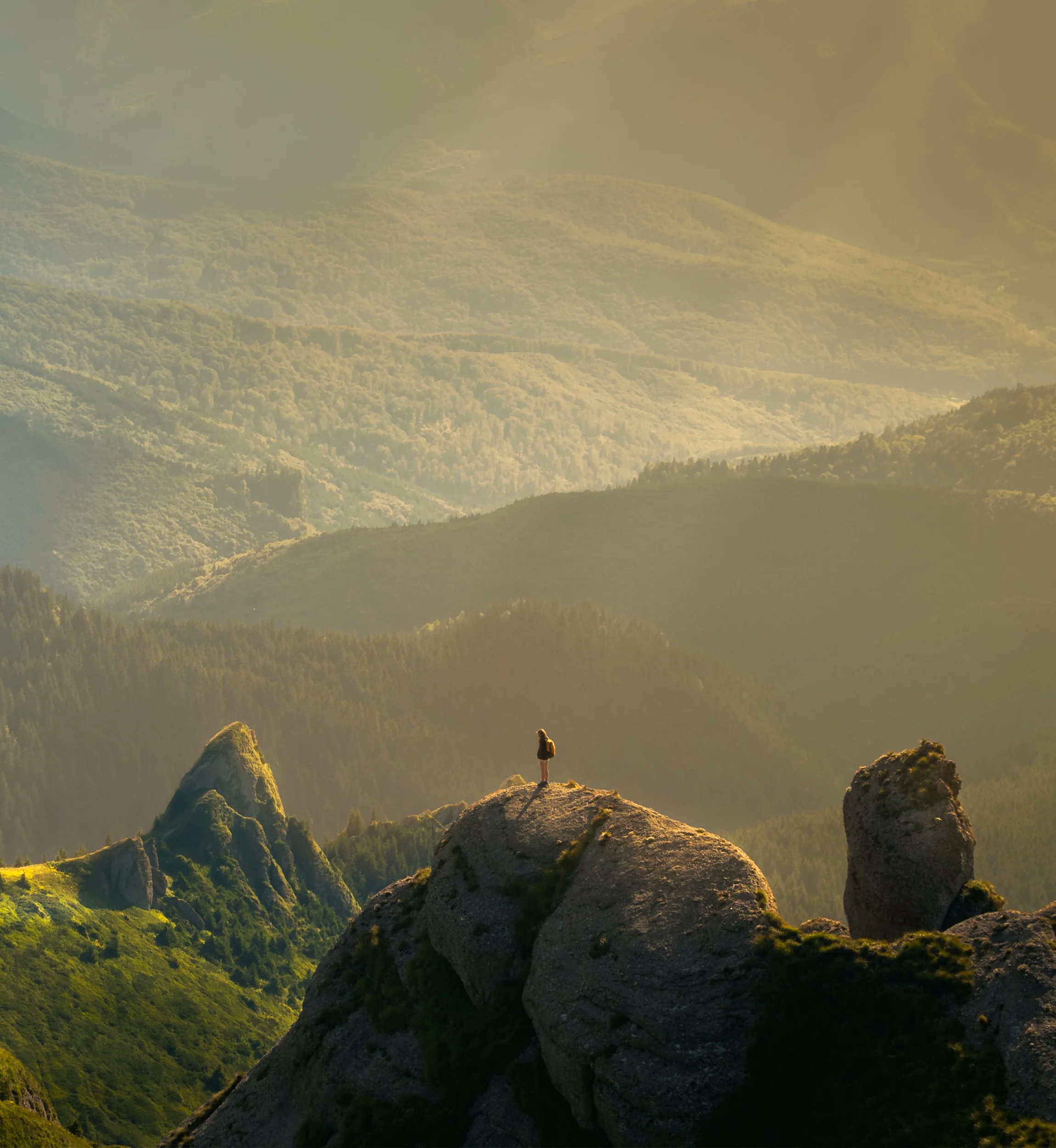The regal king penguin is the second largest penguin on Earth, a magnificent-looking bird, and a cooperative model for photographs! Only the emperor penguin is larger, with the king penguin weighing up to 35 lb (16 kg). The shorelines where the hardy king penguins call home are harsh and unforgiving landscapes around Antarctica, the Southern Atlantic, and the Southern Pacific Ocean. Taking to the sea is essential for them to find food, where they’re adept hunters of small fish and squid, but eat a wide range of sea life where the opportunity presents itself.
Breeding season starts around September to November, with mates sticking together for a year to raise chicks, occasionally getting back together the following season. As the female penguins lay their eggs around December, the mating pair then share the vital role of keeping the egg warm by balancing it on their webbed feet and tucking it under a roll of fat to insulate them while their partner spends a day at sea hunting for fish. Upon hatching, the chicks are extremely vulnerable, and the process continues until the chicks develop enough feathers to stay warm, eventually allowing both parents to hunt together, returning with half-digested fish for their chicks.
Visitors to king penguin rookeries will remark that while there are huge groups of chicks and parents together, some chicks clearly aren’t welcome. This is the reality of parenthood in such a harsh environment: you can only take care of your own kids! So, a lonely chick’s parents have either not returned or fared even worse at sea, and they won’t find any comfort from their neighbours. That said, the adults do protect all chicks from any predators wherever they can, such as a Skua, an aggressive sea bird. As winter sets in around April and May, the surviving chicks are almost as tall as their parents—necessary to make it through the winter, where a long spell of hunger and fasting sees all king penguins lose significant weight. Over a year after being hatched, the young king penguins are finally ready for the open sea, a time when fish are plentiful.
Interestingly, king penguins have a habit of returning to familiar breeding grounds year after year. Occasionally, a few brave ones start breeding at a new location, but most kings return to where they were born. Within destinations such as the Falkland Islands, famous for their king penguin rookeries, there would be a beach where an exact spot is identified and often marked by a circle of small rocks. The penguins will come to this small spot, year after year, and lay their eggs. With virtually no land predators, king penguins are unafraid of humans, and while they may waddle off when first approached by humans, their curiosity eventually gets the better of them. They’ll often turn around and come over to inspect the new arrivals. People are prevented from entering the circle of rocks to ensure no eggs get overturned or young chicks frightened, but the entire experience remains a photographer's dream and an incredible opportunity to meet friendly and peaceful creatures at the bottom of the world.
The most accessible king penguin rookery, arguably, is Volunteer’s Point in the Falkland Islands. A two-hour drive over rough terrain from the main town of Stanley is where you'll find a large and healthy king penguin rookery with a dramatic sandy beach, creating fantastic photo opportunities of king penguins emerging from the sea. Two park rangers live there for their protection, in addition to the clearly marked circle, preventing anyone from stumbling into the chicks’ resting area, while also studying and monitoring them along the way. Here, Penguins outnumber humans 30 to 1, so Penguin sightings and encounters are guaranteed and would probably include the king penguin’s cousins: Magellanics, gentoos, rockhoppers, and the rare macaroni penguins!
Destination Specialists
Tailor-made travel.

Newsletter
Unlock Even More
Sign up to our newsletter to unlock travel Specials, Inspiration, and Expert Guides right to your inbox.



